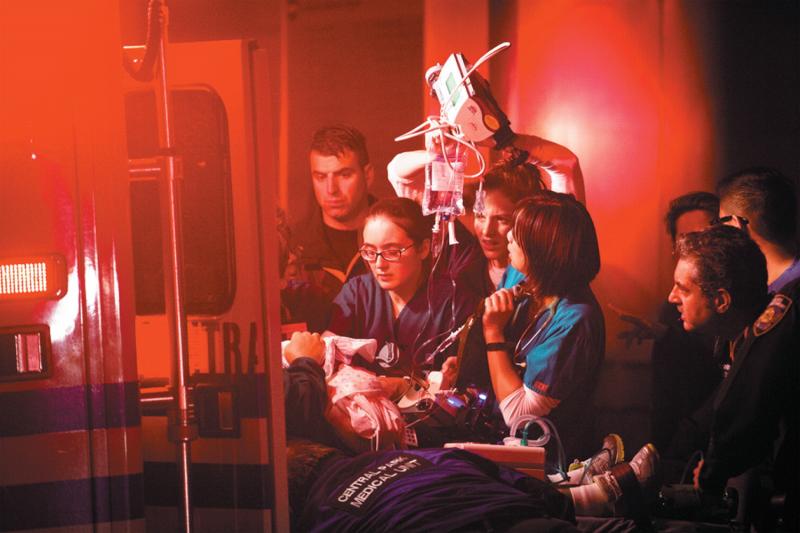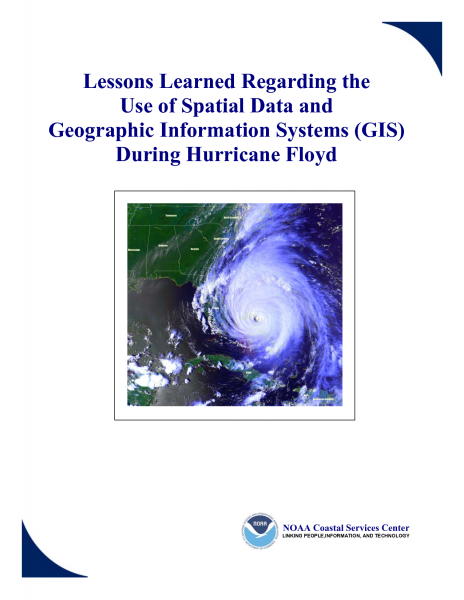You are here
Sun, 2012-11-18 09:25 — mdmcdonald
This working group is focused on discussions about lessons learned from current or previous experiences.
The mission of this working group is to focus on discussions about lessons learned from current or previous experiences.
Add Content to this group
Members
| Albert Gomez | Amanda Cole | Kathy Gilbeaux | mdmcdonald |
Email address for group
lessons-learned-ny@m.resiliencesystem.org




 submitted by Amy Weng
submitted by Amy Weng

 submitted by Karen Becker
submitted by Karen Becker
Recent Comments